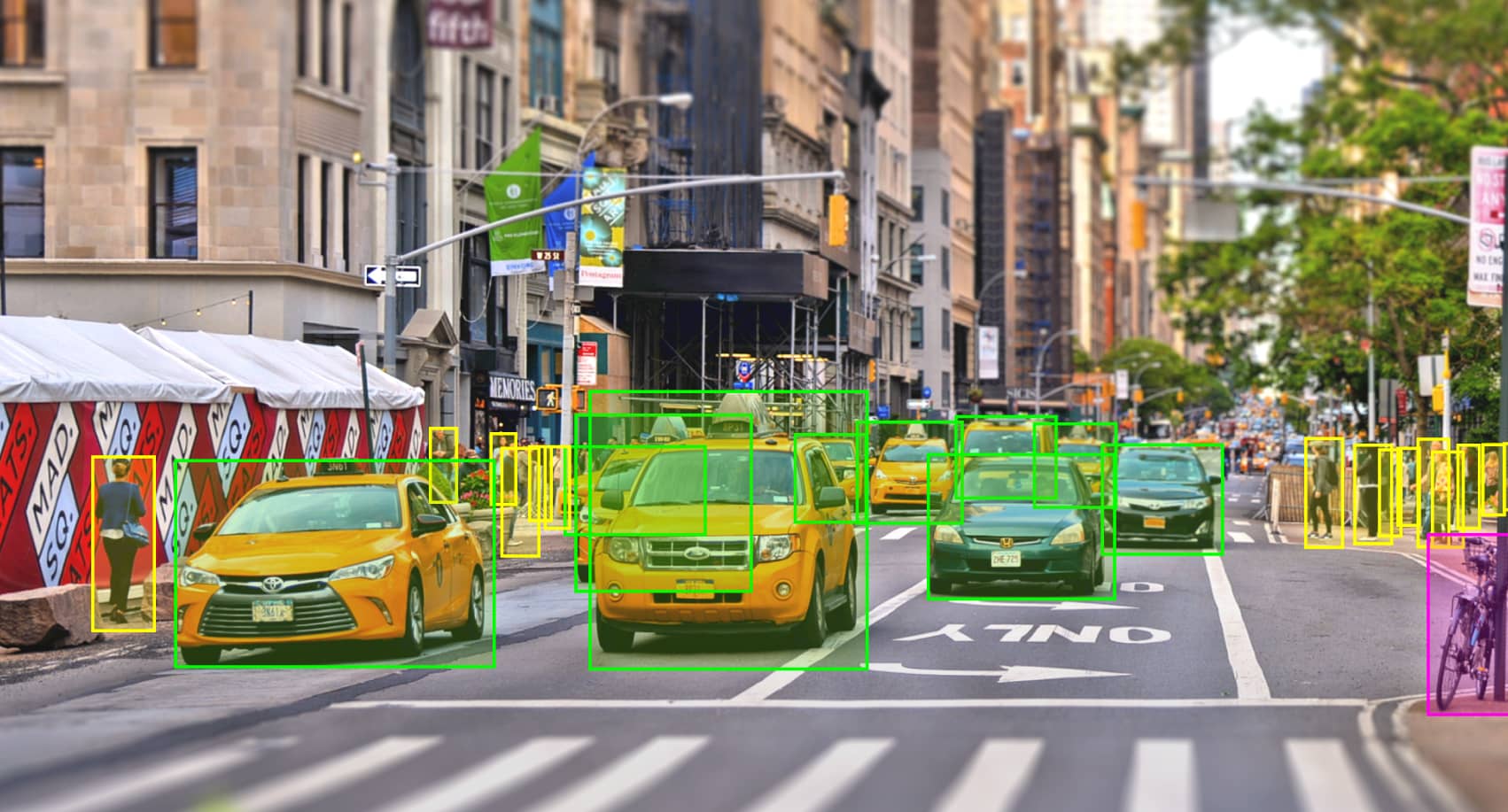In the present era of massive data, companies from all sectors rely heavily on machine learning and artificial intelligence to gain valuable insights. Image annotation is an essential computer vision technique that plays a crucial role in making visual data understandable. In this article, we look at the various aspects of image analysis. We also look into the significance of tools, software, and solutions that facilitate data-driven decision making.

Image annotation is a method that involves labeling or tagging images with metadata. This assists computers to comprehend and interpret visual information accurately. Image annotation lets ML models recognize patterns, objects and attributes in images by adding annotations like bounding boxes or polygons. This process bridges between raw data from images, and real-time insights. It opens the way to applications in a wide range of fields including autonomous vehicles and medical imaging.
A range of tools has been created to make it easier for annotation of images. These tools offer intuitive interfaces that let annotators identify objects or areas of interest within images seamlessly. They offer a variety of annotation options and customizable tools to accommodate different data requirements. Image annotation tools are a variety of tools, beginning with drawing tools that are basic to automatic suggestions and advanced recognition of shapes. They improve the accuracy and efficiency of the annotation process and allow annotators to work quickly and accurately.
Image annotation takes the annotation process to the next level by incorporating automation and collaboration features. These software applications employ ML algorithms to automate the process, reducing manual work and improving the speed of annotation. An annotation software makes use of methods like active learning and transfers knowledge to improve the speed of labeling while still ensuring quality results.
Annotation software is also able to facilitate collaboration between several annotators. This allows teams to work in a seamless manner. It provides real-time annotation synchronization and commenting capabilities, which ensures smooth communication. This collaborative approach improves annotation quality, and allows sharing of information and helps ensure the consistency of annotations.
When selecting an image annotation tool, there are many aspects to be considered. The software must be able to meet the requirements of the project. This includes the types of annotations needed (e.g. bounding boxes, keypoints, polygons) and the complexity and scalability.
In addition, the flexibility and flexibility of the solution is vital. An efficient annotation system should be able to modify annotation workflows and integrate with the existing software for managing data. It should also be compatible with various formats for data. This flexibility allows the annotation software to integrate seamlessly into existing workflows.
Thirdly, it is important to determine the quality of annotations the software generates. To ensure accuracy and uniformity, reliable image annotation solutions utilize quality control systems. This could be done through check for agreement between annotations, inter-annotator validation, and constant feedback loops between annotators and reviewers.
Image annotation can have a wide-ranging impact that goes beyond the act of annotation. Tools, solutions for image annotation, and software can help businesses increase the value of their information through a variety of ways. The accuracy of annotations is crucial to the development and training of ML models with greater precision and dependability. These models can be used in a variety of applications, including the classification of images, recognition of objects and anomaly detection.
Image annotation is also used to assist in making data-driven choices by providing meaningful and rich information. Annotated medical images, as an example can be used in the field of healthcare to diagnose illness, spot anomalies and determine the best treatment options. In e-commerce applications, image annotations help with product recommendation systems as well as image search capabilities and visual merchandising techniques.
To unlock this important resource, annotations of images with data sciences has transformed how we work. It helps expedite data analysis, uncover undiscovered relationships, and produce real-time insights. Organizations can gain a competitive advantage by accelerating the process of analysis using images. Additionally, they will be able reduce costs and improve efficiency. Annotated images are easier to read and useful for all stakeholders in any business because they are able to visualize concepts easier than abstract figures. When used correctly, image annotation is a great way to turn data into actionable insights and increase the value of all the applications.
